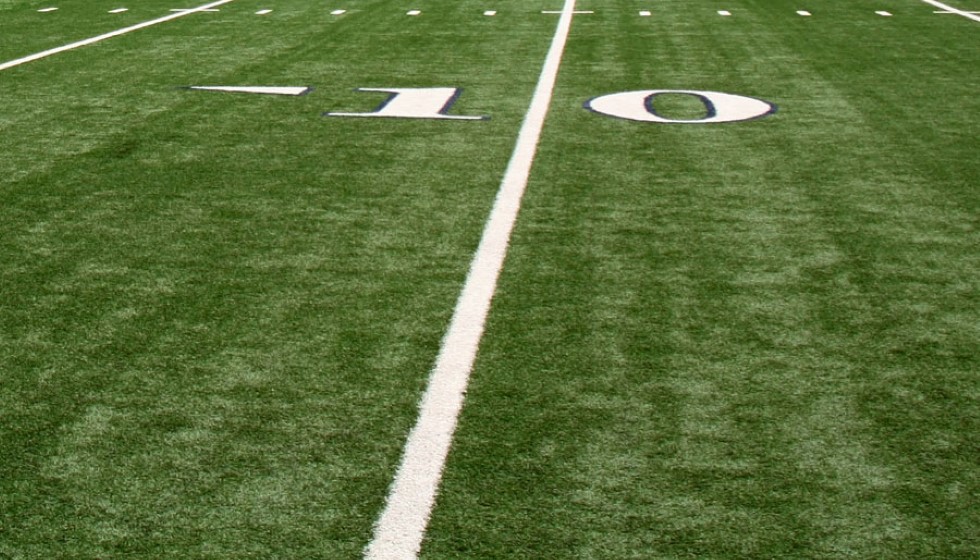
The NFL's Upcoming Apparel Transition: A New Era in Football Fashion
The National Football League (NFL) is at a pivotal moment in its ongoing relationship with apparel giant Nike, as the two prepare for an evolving narrative in sports fashion with the current uniform deal slated to end in 2027. The agreement, which began in 2012, marked a new chapter for both organizations, as Nike took over from the previous uniform manufacturer, Reebok, setting the stage for a transformation in team branding and fan merchandise.
With the deadline on the horizon, the NFL has initiated an "open and active" bidding process for its next apparel contract. This strategic maneuver represents a critical juncture for the league, intertwining financial considerations, branding, and broader sports culture. While Nike's tenure has been marked by innovation and design enhancements, potential changes could redefine NFL team aesthetics and fan engagement far beyond 2027.
Nike's Impact Since 2012
Since inheriting uniform manufacturing duties from Reebok over a decade ago, Nike's impact on the NFL has been multifold. The partnership has redefined the league's visual identity and commercial strategy. Teams from coast to coast have collaborated with Nike to create striking uniform designs that resonate both on and off the field. The integration of cutting-edge materials and silhouettes has ensured that players are equipped with performance-enhancing gear, while fans find themselves drawn to a more contemporary take on their beloved teams’ apparel.
One significant aspect of Nike's current contract is the allowance for up to three distinct helmet styles per team, a feature that has enabled creative expression and variety in team presentations. This flexibility has been embraced by franchises like the Denver Broncos and the Houston Texans, both of which have recently embarked on significant uniform redesigns, showcasing the ability to refresh a team's identity dynamically without losing their core essence.
The Evolution of NFL Apparel Deals
Before the league-wide agreement with Nike, NFL teams individually brokered apparel deals with an assortment of brands, including Adidas, Logo, Puma, Reebok, and Starter. This decentralized method often resulted in inconsistent team branding, with variations in design and quality that were palpable to fans and players alike. The shift to a single-provider model under Nike brought uniformity and elevated the league’s market presence.
As the NFL embarks on the bidding process for its next apparel partnership, the decision carries profound implications. The next deal is not just a financial agreement; it is a cornerstone of the league's business strategy and fan relationship. Apparel manufacturers interested in bidding will look to leverage this deal as a significant opportunity to influence sports culture and brand loyalty.
The Business of Branding
Apparel deals have long been a substantial element of the NFL's commercial strategy. The right partner not only supplies uniforms and merchandise but also contributes to the league's image and market reach. As fans don the jerseys of their favorite teams or players, they embody the very spirit of the NFL brand. Thus, the apparel partnership extends beyond simple functionality, playing a crucial role in merchandising, marketing campaigns, and fan interaction.
The upcoming transition invites opportunities to explore new innovations in sustainable materials, iconic designs, and immersive fan experiences, further enriching the dialogue between sports commerce and culture. Whether Nike will continue its journey with the NFL or a new contender will rise to the occasion remains to be seen, but the stakes are undeniably high.
The impending decision will ultimately cascade through various facets of the NFL—sporting performance, business metrics, and the heart of fan engagement—each influencing how future seasons will coalesce into the tapestry of American sports.
The league's next move in the apparel arena is highly anticipated, setting the stage for an intriguing evolution that could redefine how players present themselves on the field and how fans across the globe connect with America's most popular sport.